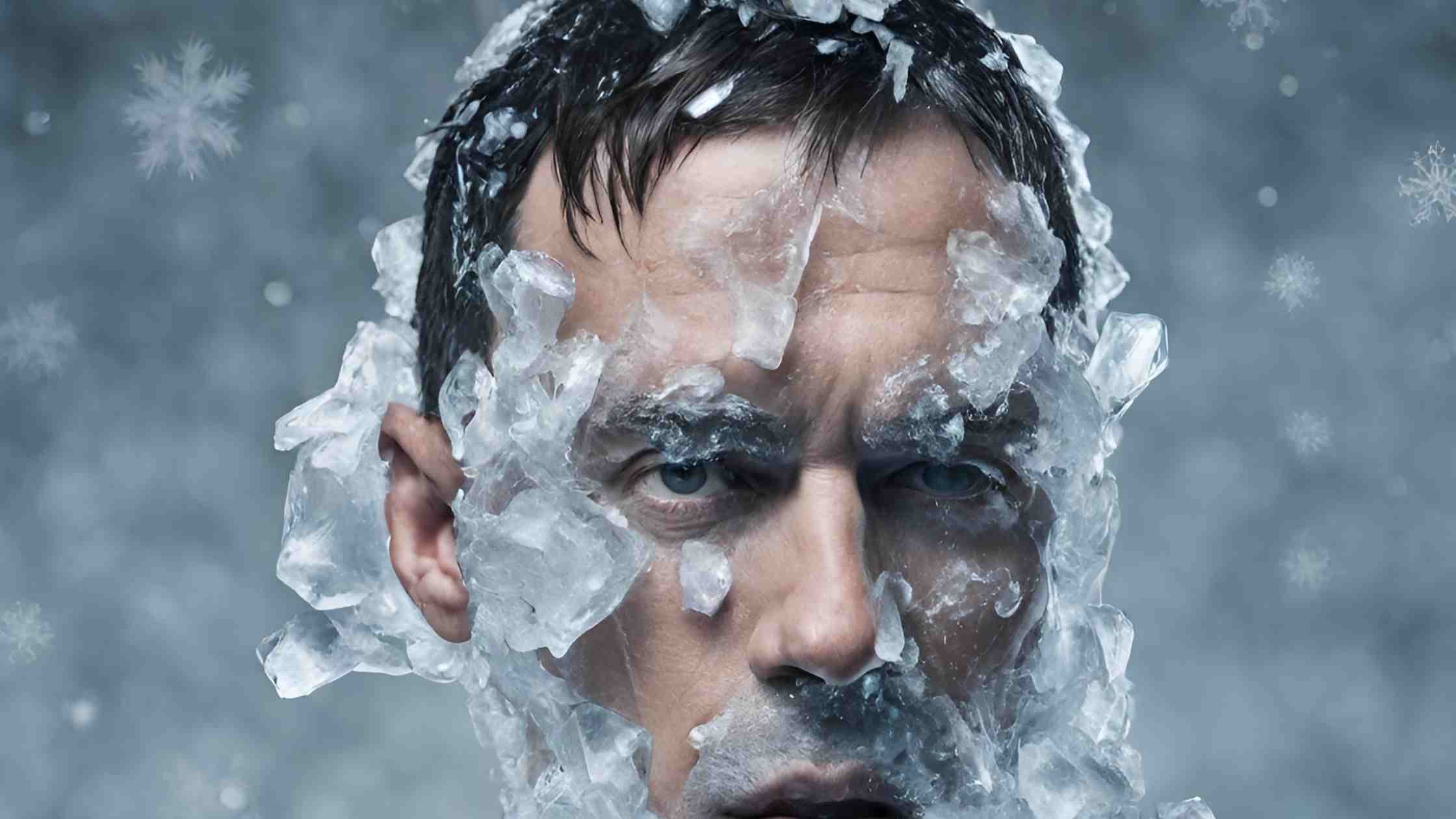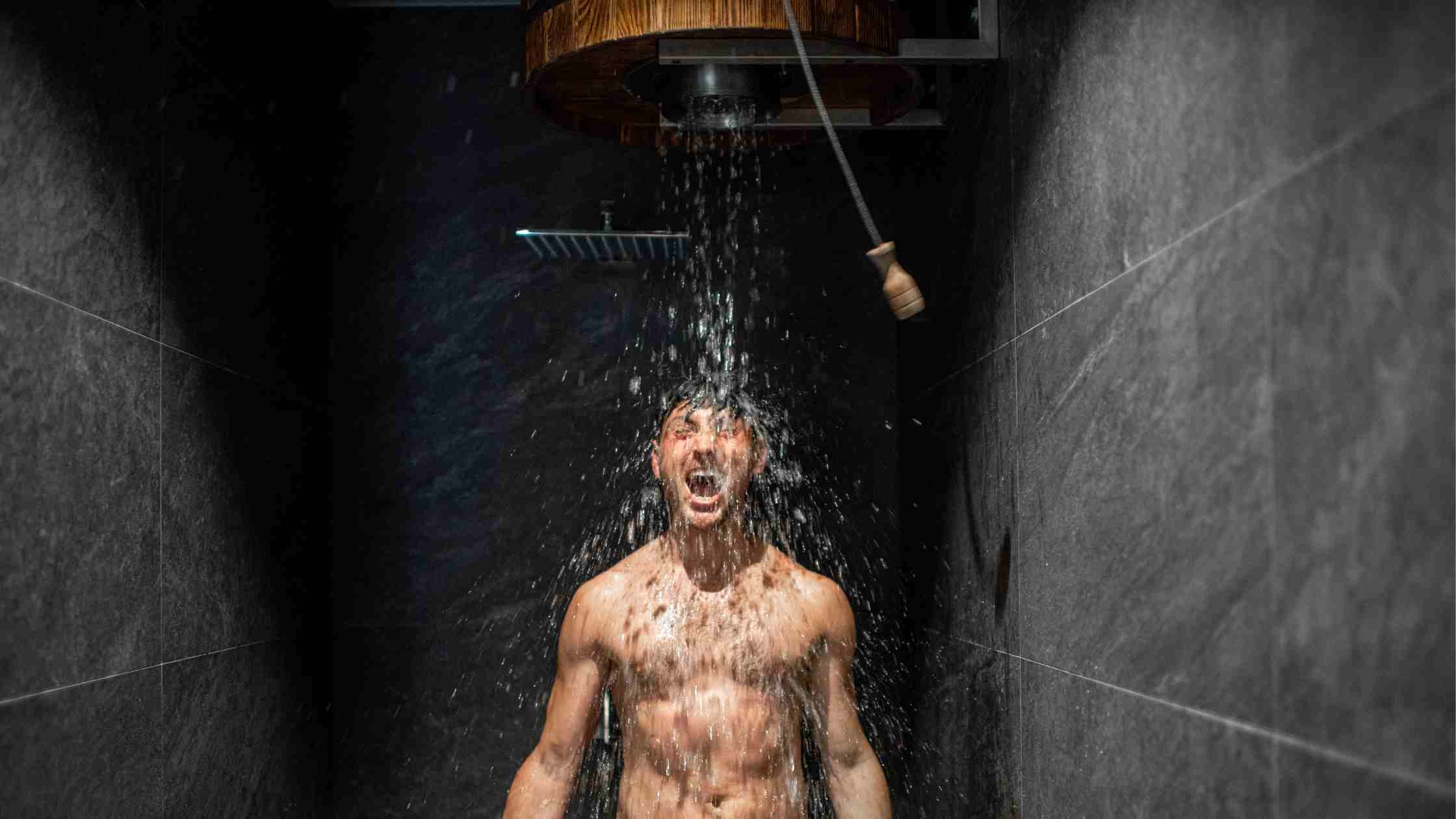Avoid These 5 Common Mistakes Around Cold Therapy
Exploring the transformative realm of cold therapy can be so beneficial on so many levels for people looking to ice baths for use around exercise for recovery, for use with a contrast therapy protocol, for improving mood and mental health, and even hacking workouts with pre-cooling for testosterone.
With all of these potential benefits available from a ritualised cold plunge practice, it is still good, safe and smart to approach this intense practice with mindfulness.
What makes ice baths particularly enticing is the relatively short time required for achieving some type of benefit, but this doesn’t mean it is suitable for just anyone and definitely does not mean there are no considerations before jumping into an ice bath.
With an ice bath practice, it is important to understand key aspects of cold therapy to ensure a safe, enjoyable, and beneficial experience. Here are a few common mistakes to avoid around cold therapy.
Are Ice Baths Safe?
When approached responsibly, engaging in an ice bath is not only safe but also a rewarding practice. Implementing basic precautions is pivotal to maximising the benefits of cold therapy while mitigating potential risks.
Cold exposure inherently carries certain risks, such as hypothermia, frostbite, and strain on the heart. However, these risks can be effectively managed with proper precautions.
Common Mistakes to Avoid During Ice Baths
1. Neglecting Pre-existing Health Conditions
Certain health conditions may increase susceptibility to adverse effects. Consulting with a physician before initiating a cold therapy practice is advisable, particularly for individuals with cardiovascular issues, respiratory problems, high blood pressure, or cold sensitivity (such as Raynaud's). While these conditions don't necessarily preclude participation, modifications may be necessary.
2. Prolonged Exposure to Cold Water
Extended durations in an ice bath can lead to hypothermia, as the body's core temperature drops excessively. It is recommended to limit ice bath sessions to less than 5 minutes, with a clear caution against exceeding the 10-minute mark.
3. Rapidly Lowering Water Temperature
Gradual exposure to cold water is crucial for a safe transition. Starting with slightly warmer water and shorter durations allows the body to acclimate. Keeping a log of ice bath time and temperature facilitates progress monitoring, ensuring a gradual adjustment.
Many newcomers to cold therapy make the mistake of setting their ice bath temperature based on a temperature they may have seen someone who is highly conditioned to the cold use in their cold plunge.
For someone new to cold exposure, starting at below 10 degrees C is definitely not advised. Beginning around 15 degrees Celsius or above for 30 seconds to a minute, is a good way to get an idea of your tolerance to the cold.
Once you have tried this for a week, gradually increase the time of exposure up to 2 to 3 minutes, then play with the temperature, gradually reducing it. This ensures you get a good understanding of your response to the cold and maintain safe parameters.
4. Ignoring Body Signals
While ice baths offer a rewarding challenge, it is essential to listen to the body's signals. Lightheadedness, dizziness, intense shivering, or extreme pain are not normal responses to cold therapy and warrant an immediate exit from the cold water. Monitoring physiological responses, such as gasping, shallow breathing, or altered heart rate, ensures a safe and healthy practice. It is when people attempt to compete with others and ignore safe protocols that cold therapy can result in injury from hypothermia.
5. Beware the After-drop
The 'after-drop' is a phenomenon associated with cold water therapy, specifically after immersion in cold water. It refers to a potential drop in body temperature that occurs even after the individual has exited the cold water. Understanding the after-drop is crucial for safely practicing cold water immersion.
Here's a breakdown of the risk and mechanisms behind the after-drop:
When the body is exposed to cold water, blood vessels near the surface of the skin constrict in response to the cold (vasoconstriction). This is a natural defence mechanism to conserve heat and maintain core body temperature.
During the cold water immersion, peripheral tissues and skin cool down, and as a result, the blood circulating through these areas may also cool.
Once you exit the cold water, the body starts to re-warm. However, the cooled blood from the peripheries begins to return to the core.
This returning cold blood mixes with the warmer blood in the core, causing a further drop in core body temperature. This is the after-drop.
The after-drop poses potential risks, as a significant drop in core body temperature can lead to hypothermia, a condition where the body loses more heat than it can generate.
Hypothermia can have serious consequences, affecting the central nervous system, impairing cognitive function, and, in severe cases, leading to organ failure and death.
To minimise the risk of the after-drop, it's essential to manage the re-warming process carefully.
Gradual re-warming in a warm environment, with the use of blankets and warm clothing, can help prevent a rapid decrease in core temperature.
Strenuous physical activity should be avoided immediately after cold water immersion, as it can increase the after-drop effect.
Signs of the after-drop include continued shivering, weakness, confusion, and a persistent drop in core body temperature.
If someone experiences these symptoms, it's crucial to seek a warm environment, use dry clothing or blankets, and, if necessary, seek medical attention.
The after-drop effect can vary from person to person. Factors such as body composition, age, and overall health can influence how the body responds to cold water immersion.
Safely Incorporating Ice Baths for Beginners: A Step-by-Step Guide
For beginners, the prospect of immersing oneself in cold water may seem daunting. However, with a gradual and mindful approach, even novices can safely embrace the practice of ice baths.
1. Start with showers
For the first few sessions, opt for ending your shower on the cold rather than plunging into icy temperatures. This allows your body to acclimate gradually and reduces the shock to your system. Then you can progress to a full 2-3 minutes cold shower before actually moving onto a dedicated ice bath.
2. Short Sessions Initially
Begin with brief sessions, no longer than 2-3 minutes, to gauge your body's response. As you become more comfortable, you can gradually extend the duration.
3. Monitor Your Body
Pay close attention to how your body reacts during and after the ice bath. Familiarize yourself with the sensations and differentiate between discomfort that is part of the process and signals that indicate potential issues.
4. Gradual Intensity Increase
As your body adapts, you can progressively lower the water temperature and extend the duration of your ice baths. This gradual approach minimises the risk of adverse reactions.
While ice baths offer a host of benefits when practiced responsibly, it's crucial to acknowledge that this therapeutic practice may not be suitable for everyone.
We recommend setting an achievable temperature, that still produces some type of mild shiver response and mild cold shock, and aim for 30 second to 1 minute at that temperature for a week before progressing to one or two degrees colder or increasing the time to 2 minutes.
Remaining on a set temperature and timeframe for a week before progressing will give your body a chance to adapt to this cold shock before moving onto anything more challenging.
Before plunging into the invigorating world of cold therapy, it's essential to be aware of contraindications—specific conditions or circumstances that may make ice baths potentially unsafe or unsuitable for certain individuals.
Contraindications to Ice Baths: Who Should Exercise Caution or Avoid Them Altogether
Cardiovascular Issues:
Individuals with pre-existing heart conditions, such as heart disease, coronary artery disease, or arrhythmias, should exercise caution. The extreme cold can put additional stress on the cardiovascular system.
Respiratory Problems:
Those with respiratory issues, including chronic obstructive pulmonary disease (COPD) or asthma, should approach ice baths with care. The shock of cold water can exacerbate breathing difficulties.
High Blood Pressure:
Individuals with uncontrolled high blood pressure should avoid ice baths. Cold exposure may lead to a temporary increase in blood pressure, posing risks for those with hypertension.
Raynaud's Phenomenon:
People with Raynaud's disease, a condition characterized by reduced blood flow to certain areas of the body, especially in response to cold or stress, should steer clear of ice baths. Cold exposure can trigger episodes of extreme vasoconstriction.
Compromised Immune System:
Those with weakened immune systems, such as individuals undergoing chemotherapy or with autoimmune disorders, may be more susceptible to the stress induced by cold therapy.
Neurological Disorders:
Individuals with certain neurological conditions, such as multiple sclerosis (MS), should consult with a healthcare professional before attempting ice baths, as extreme cold may exacerbate symptoms.
Pregnancy:
Pregnant individuals should avoid ice baths, especially in the later stages of pregnancy. The potential impact of cold stress on fetal well-being is not well understood, and caution is advised.
Open Wounds or Infections:
Ice baths should not be taken if there are open wounds or infections on the skin. Exposure to cold water may slow down the healing process and increase the risk of complications.
Cautionary Considerations for Ice Baths
Elderly Individuals:
Older adults should approach ice baths with caution, considering their potential sensitivity to extreme temperatures and the impact on existing health conditions.
Children:
Ice baths are generally not recommended for young children, as their bodies may struggle to regulate temperature efficiently. Parental supervision and consultation with a pediatrician are advised if considering cold therapy for children.
Medication Interactions:
Certain medications may interact negatively with the physiological effects of ice baths. Consult with a healthcare professional if you are taking medications regularly.
Dehydration:
Dehydrated individuals should avoid ice baths, as cold exposure can potentially exacerbate dehydration and its associated complications.
Consultation with a Healthcare Professional
Before incorporating ice baths into your routine, especially if you fall into any of the aforementioned categories, it's paramount to consult with a healthcare professional. They can provide personalised advice based on your medical history, current health status, and specific needs.
Conclusion on Common Cold Therapy Mistakes
While ice baths can be a transformative and invigorating practice, avoid these common mistakes by taking a mindful approach to cold therapy by checking in with your body regularly.
By being aware of contraindications and exercising caution where necessary, individuals can approach cold therapy mindfully, reaping its benefits without compromising their health. Always prioritise your safety and seek professional advice when in doubt.


